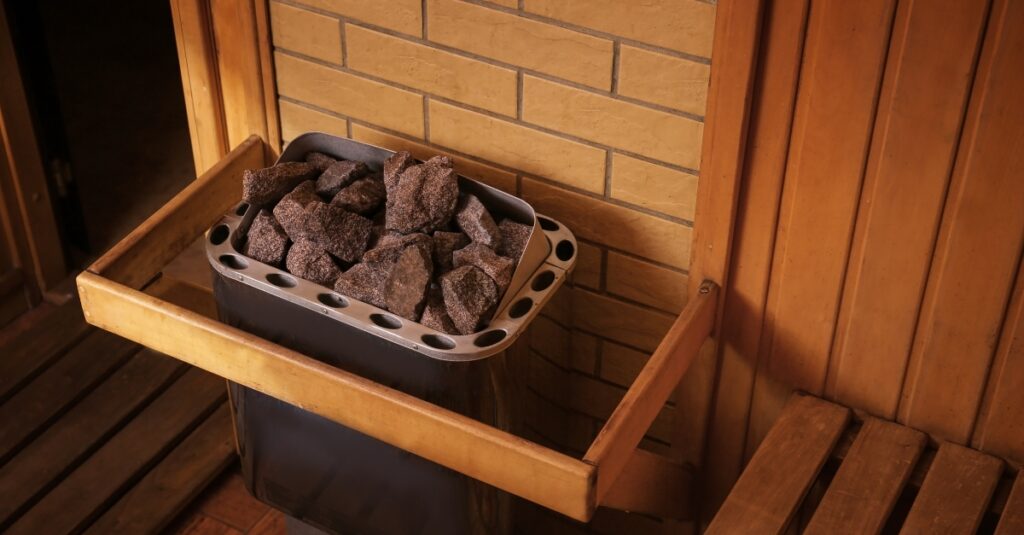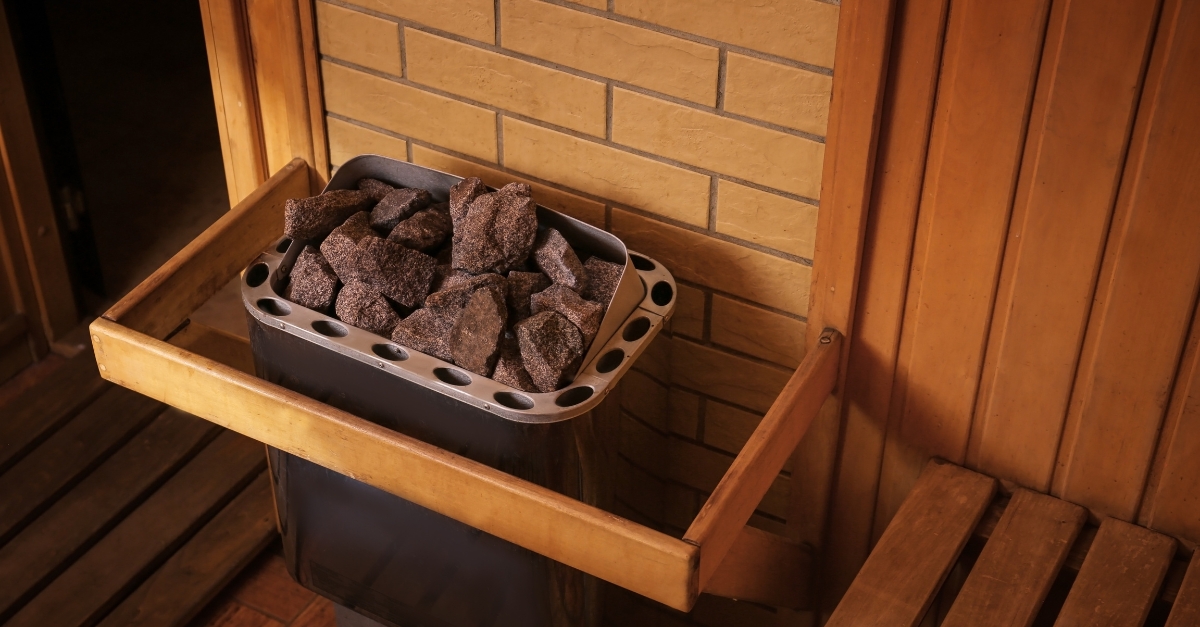Saunas are becoming more popular in homes. But when its heater goes down, comes up the question how to choose a sauna heater?
Having it your way, you are able to set the temperature to whatever you are more comfortable using, stay in for as long as you would like, put in as much as you want, and appreciate its comfort and benefits whenever it suits you.

The diversity of sauna heaters is just as extensive as how different people use their saunas. The frequency and length of one’s sauna sessions are a personal matter.
While some prefer long sessions, others prefer short sessions with cold baths in-between. Alternating heat with cold helps boost your immune system and is really great for your skin.
The perfect sauna heater can produce the type of sauna session that you would like, and this means you will use it often. According to the professionals, in the long run, the longer you use your sauna, the better you will feel.
The type of sauna heater you choose depends upon your own budget, tastes and where your sauna will likely be located. Choosing the ideal heat source can be confusing and it may be simple to make a mistake if you are not certain about what you want from the onset.
What to Look for When Choosing a Sauna Heater?
1. Traditional Heat Source or Far Infrared
The most significant option to make when deciding on a sauna would be if you want the traditional or Far Infrared (FIR) sauna.
Considering all the kinds of sauna in use currently, there are three distinct sources of heat available for traditional heaters:
- Wood source
- Gas source
- Electric source
Most saunas heat by way of convection. Convection heaters may be fueled by gas, electricity or timber flame.
If you do opt for a traditional heater, then you will also need to decide between power, gas and wood. Gas is usually the most economical option, unless you have a ready supply of firewood.
They are also ideal in locations where there isn’t any electricity available.
FIR heaters, on the other hand, supply a vastly different sort of sauna encounter. The heat made by these saunas comes from the waves beaming from the heating systems.
The waves work in a similar way to microwave and heats you from within. With such a system, the temperature is much lower and there isn’t any steam or even additional humidity.
This is considered the perfect alternative for people who seek an alternative in order to avoid the sometimes stifling effect of the traditional types or those that suffer from breathing difficulties.
Far infra red saunas use much less energy than other kinds of saunas too. This is of special importance for those who intend to utilize their sauna to the fullest on a regular basis, say once or twice a day.
In addition, infrared saunas are usually less-expensive to purchase, and are easy to construct.
2. Dimensions, Place and Materials
While you need to choose between a traditional sauna and a FIR sauna (in terms of heat source), you will also have to decide where on your own premises to place it, what substances will likely be used in its own structure, and also exactly what accessories you may need. Waterproofing and venting, as well as size and height requirements should really be decided at the preparatory stage.
3. The Power Rating of The Sauna
Especially if your decision is tending towards the electric source of heat, a salient point to keep in mind when deciding which sauna heater to go for is the size of your sauna. The makeup of your sauna will dictate the power rating you are going to require. Other things that affect the power requirement on your sauna are the quantity and type of insulating material used to create your sauna.
It is always a fantastic idea to consult with a suitably qualified electrician or electrical engineer for the setup of these heaters. You can discuss the power output of your house with the professional, considering all other electrical appliances already present.
4. Standalone or Wall Mounted?
This basically depends on personal taste. However, the availability of space is one variable when picking as wall mounted heaters are good with smaller saunas. Standalone heaters, based on sauna flanges, can become fitted within sauna benching and are great for portable sauna.
5. High Tech Included?
It is worthy of note that many sauna heaters are also linked to programmable controls that allow an individual to preset the duration they want the sauna to be on for, thus, eliminating the brief wait for the sauna to heat-up. In addition, in the age of home automation, all you have to do in some cases is turn the unit on from your smartphone when leaving work. With this level of automation, you are sure to arrive home to a heated and ready sauna.
6. Safety First
You can also be limited in a few cases by regulations concerning your sauna’s construction and use. These restrictions will differ based on what you have in mind, and whether or not you’re building indoors our outdoors. Typically, the company installing it will likely be able to advise you about which exactly is and isn’t feasible, and also what the very best configurations are, considering the house and the space you have available.
Wrap Up
Most pros will tell you that you can either handle your stress or it will handle you. The reward of handling your stress is better health both for body and mind. In truth, not many personal items can bring about so many benefits. With the ideal sauna routine, you’re well on your path to finding the serenity and happiness that you search for.
No matter which kind of sauna heater you use, saunas supply you with a place to just relax and get rid of the anxiety and worry that the majority of people experience daily. The sauna has become considered as a sanctuary where you can meditate and reflect on your day, thus, detoxifying your mind, alongside your physical body.
Your opinion is important to us!
Do you have more suggestions on how to choose a sauna heater? Let us know in the comments bellow or contact us!
